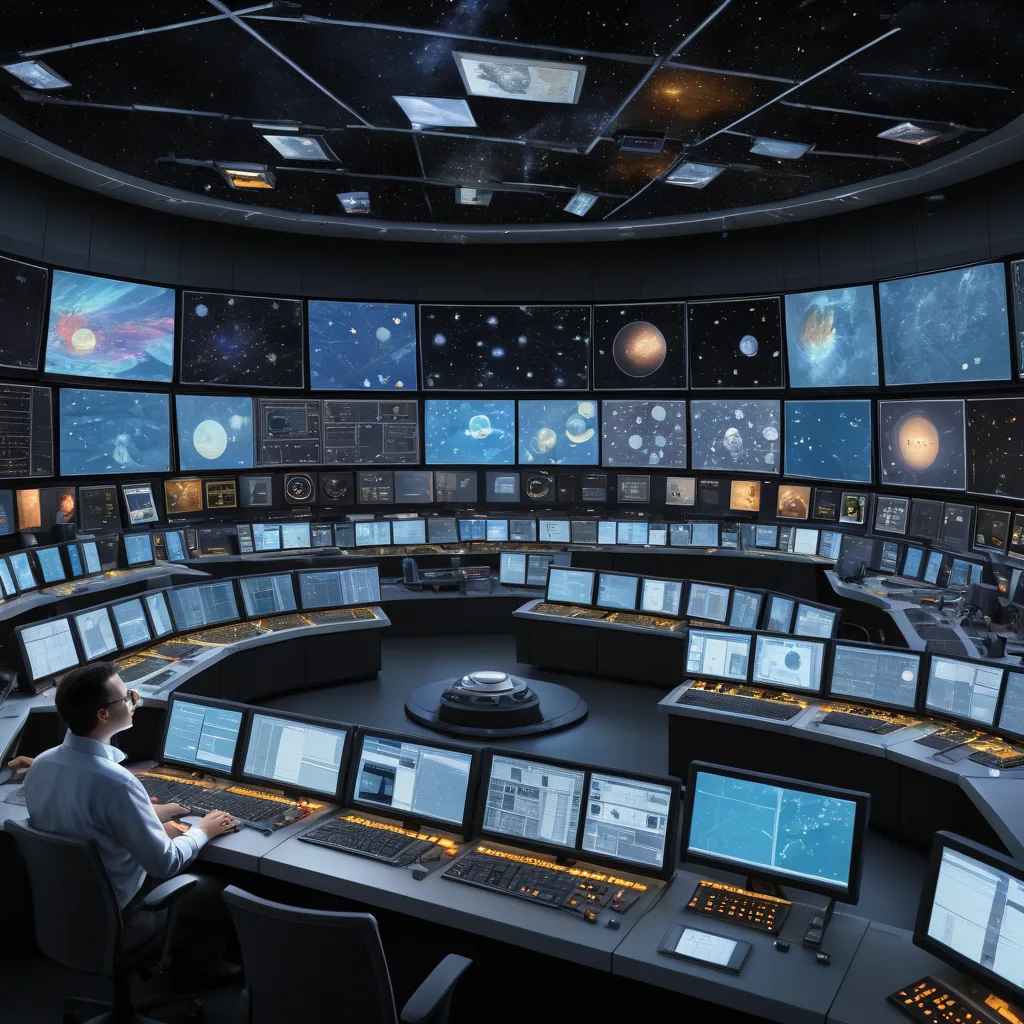- Background:
The year is 2024. NASA’s Kepler and TESS missions, along with ground-based observatories, have revolutionized our understanding of exoplanets – planets orbiting stars other than our Sun. Thousands of exoplanets have been discovered, ranging from gas giants larger than Jupiter to rocky planets potentially similar to Earth. The search for habitable exoplanets, planets that could support life as we know it, is one of the most exciting frontiers in modern astronomy. This quest has captivated the imaginations of scientists and the public alike, fueling dreams of interstellar travel and the discovery of extraterrestrial life. The historical context includes the incremental discoveries starting with the first confirmed exoplanet around a sun-like star in 1995 (51 Pegasi b), leading to the increasingly sophisticated methods used today, including transit photometry and radial velocity techniques. These advancements have allowed scientists to not only detect exoplanets but also to characterize their atmospheres and determine their potential habitability.
- Images:



- Character Choices:
You are a young astronaut trainee at NASA’s Jet Propulsion Laboratory. Your mission: to help analyze data from the newly discovered exoplanet Kepler-186f, a potentially habitable world. Dr. Ramirez, your mentor, needs your help!





